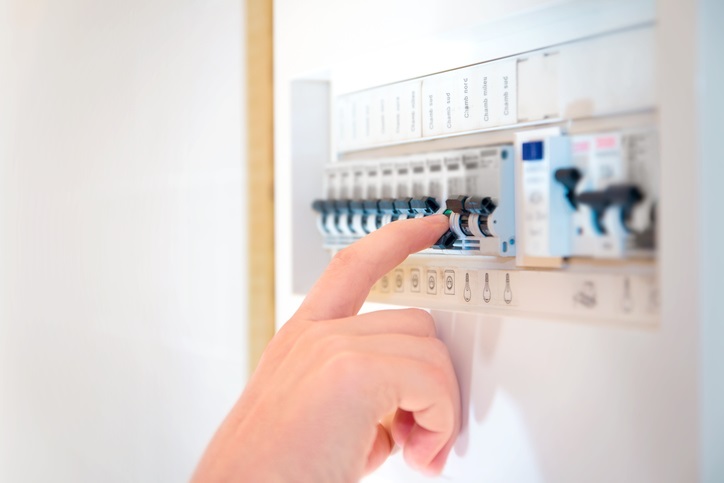
Why Does Your Circuit Breaker Keep Tripping?
As a homeowner, few things are more frustrating than a circuit breaker that is constantly tripping. You can choose to reset it every time it fails, or you can diagnose and fix the root of the problem.
Here are three common reasons why circuit breakers trip, courtesy of the experts at TFC Electric…
Circuit overload
Circuit overloads are the most common cause of tripped circuits. A circuit overloads when the electrical demand exceeds the circuit’s maximum limit. In other words, you simply have too many devices plugged into one circuit. There are three ways to fix this problem:
- Redistribute some devices to another circuit
- Turn off some devices to reduce electrical load
- Upgrade your circuit to meet your demand
Short circuit
A short circuit occurs when an active wire comes in contact with a neutral wire. This produces more heat than the circuit can withstand, forcing it to shut off. A short circuit can easily be diagnosed by a burning smell or the blackened discoloration of your wires, switches, or outlets. Short circuits pose a significant fire hazard, so it’s best to call a professional electrician to handle the problem.
Ground fault
Similar to a short circuit, a ground fault can happen when an active wire touches the ground wire. When this contact occurs, large amount of currents are redirected through the circuit breaker, which causes it to trip. Many areas in the home (such as the kitchen and bathroom) are required to be protected by Ground Fault Circuit Interrupters, commonly known as GFCIs.
Does the circuit in your Long Island home keep tripping? Let the experts at TFC Electric diagnose and fix the problem. We provide fast, reliable electrical installations, repairs, and upgrades to homeowners across Suffolk County. Contact us online to get started with a free estimate, or call (631) 589-2800.
